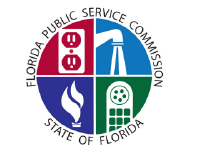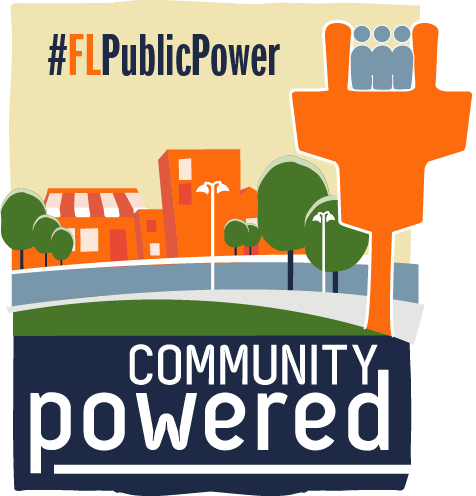Utilities seek approval for storm-project money
 By Jim Saunders
By Jim Saunders
News Service of Florida
TALLAHASSEE — As this year’s hurricane season gets ready to start June 1, major utilities have filed proposals that could lead to customers paying hundreds of millions of dollars in 2023 to help bolster electric systems against storms.
Florida Power & Light, Duke Energy Florida and Tampa Electric Co. filed the proposals Monday at the state Public Service Commission as part of efforts to add underground power lines, “harden” other parts of electric systems and reduce outage threats from trees and other vegetation.
FPL is seeking approval to collect a projected $369.9 million for the projects, while Duke is proposing nearly $142.8 million and Tampa Electric is proposing $53.55 million, according to the filings. Almost all of the money would be for 2023 project costs, though relatively small amounts are related to 2022 costs.
The Public Service Commission will decide whether to approve the proposed costs, which would make up one portion of customers’ overall bills.
The filings are rooted in a 2019 state law that passed after Hurricane Irma, Hurricane Michael and other storms caused widespread power outages. The Legislature almost unanimously passed the measure, which, in part, changed the way storm-protection projects were financed.
Previously, utilities incorporated such costs in their base electric rates, which are set for multiple years. But the law set up a separate Public Service Commission process that allowed utilities each year to seek to collect money from customers for the projects.
Utilities file long-range storm-protection plans with the commission and then are able to seek money from customers annually to carry out the plans. Before the law passed, supporters pointed, in part, to economic losses caused by major power outages.
“It’s a public safety issue. It’s a resiliency issue,” Senate sponsor Joe Gruters, R-Sarasota, said at the time.
But the senior-advocacy group AARP Florida and the Florida Industrial Power Users Group, a business organization that is often involved in utility regulatory issues, opposed the bill because of a potential of higher costs.
The newly filed proposals show utilities undertaking a combination of projects, including hardening above-ground parts of electric systems, conducting vegetation “management” and continuing to add underground power lines.
During the 2019 legislative debate, the prospect of putting more power lines underground drew particular attention.
“Tampa Electric’s distribution lateral undergrounding program will convert existing overhead distribution lateral facilities to underground to increase the resiliency and reliability of the distribution system serving the company’s customers,” David Plusquellic, a Tampa Electric project manager, said in written testimony submitted in the company’s Monday filing.
Article reposted with permission from the News Service of Florida.
 Enter your email address in the
Enter your email address in the 